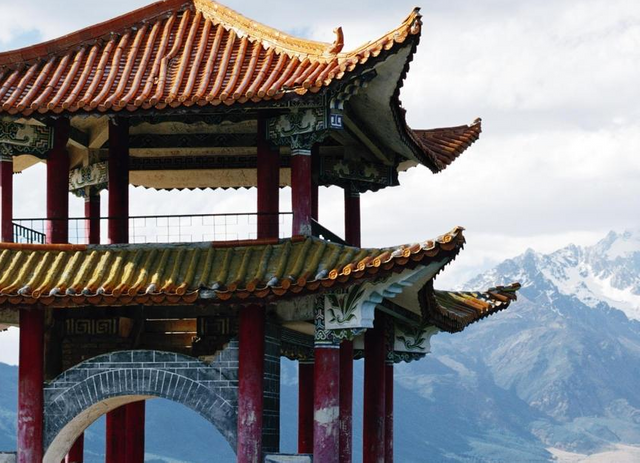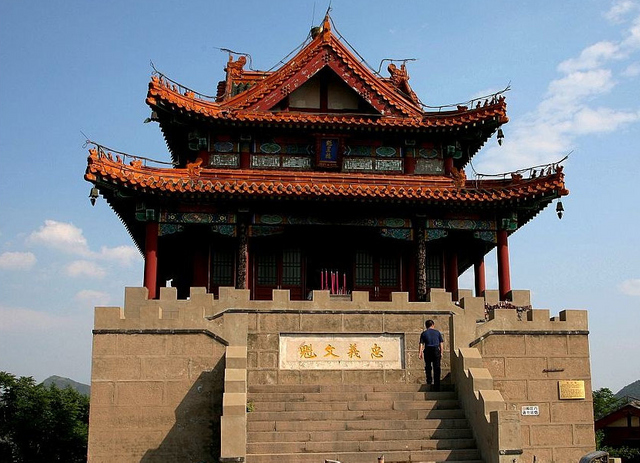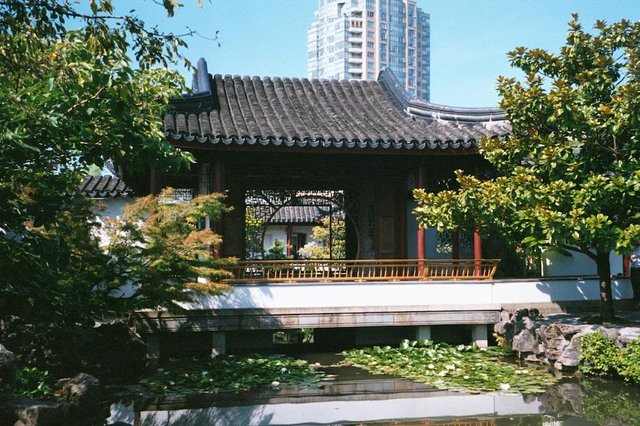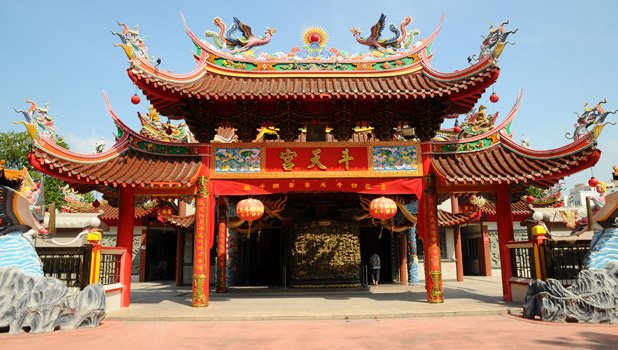Classical Chinese Architecture
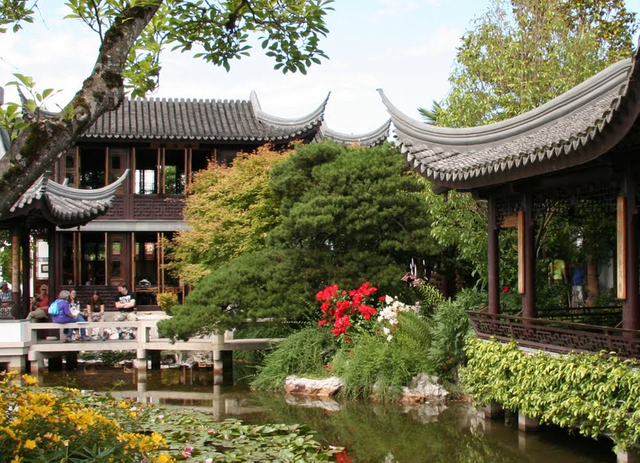
Chinese architecture is the style of architecture that has taken shape in East Asia since the first century of our era.
during his millenary history, china manages to create its own architectural style based on wood and brick carving, constructions with rammed earth etc.
characteristics of ancient Chinese architecture
probably one of the most distinctive characteristics of Chinese architecture is the use of woo which they painted to give more beauty.
The oldest buildings in China date back to the Shang Dynasty, from the 16th century BC to 771 BC. It has its own basic principles of layout and structure, so that over the years architectural wonders were made by industrious and intelligent workers.
imperial architecture
It is a type of architecture that includes imperial palaces, gardens and mausoleums. This architectural style often adopts the arrangement of an axial symmetry with the intention of reflecting the supremacy of imperial power. Thus, buildings with a central axis are high and splendid, while the rest of the construction is maintained with small and simple elements.
architecture of gardens
China's classical gardens can be divided into three main categories. The imperial gardens, as the name implies, were reserved for the emperors and their families.
They were immense, and in addition to serving for the pleasure and entertainment of the rulers, or to practice hunting, they were also used as settings for the worship of the gods.
The private gardens were usually built in and around the cities, although they were also included in the plans of some residences. Although they were much smaller than the imperial ones, they were very elegant and exquisite.
Finally there were the gardens that were built taking advantage of the natural landscapes, in which there was abundant vegetation and water sources. They were usually combined with artificial structures, and were open to the public.
Religious architecture
In general, religious or Buddhist architecture follows the imperial architectural style. Thus, a large Buddhist monastery usually has a front hallway where there is a Bodhisattva statue, as well as a large hall, where statues of the Buddhas are usually found.
The temples
The Temples reflect to a large extent the millenary history and the vast culture of China, for what they are considered as true architectural treasures. The Buddhist temples, as already mentioned, include the temple, the pagoda and the grotto. For their part, Taoist temples are known in different ways as Gong, Guan or An.
In any case, the Temples in China are cultural elements that have remained during each dynasty. Temple culture, on the other hand, has also influenced many aspects of Chinese life, including painting, calligraphy, music, as well as sculpture and, of course, architecture itself.
